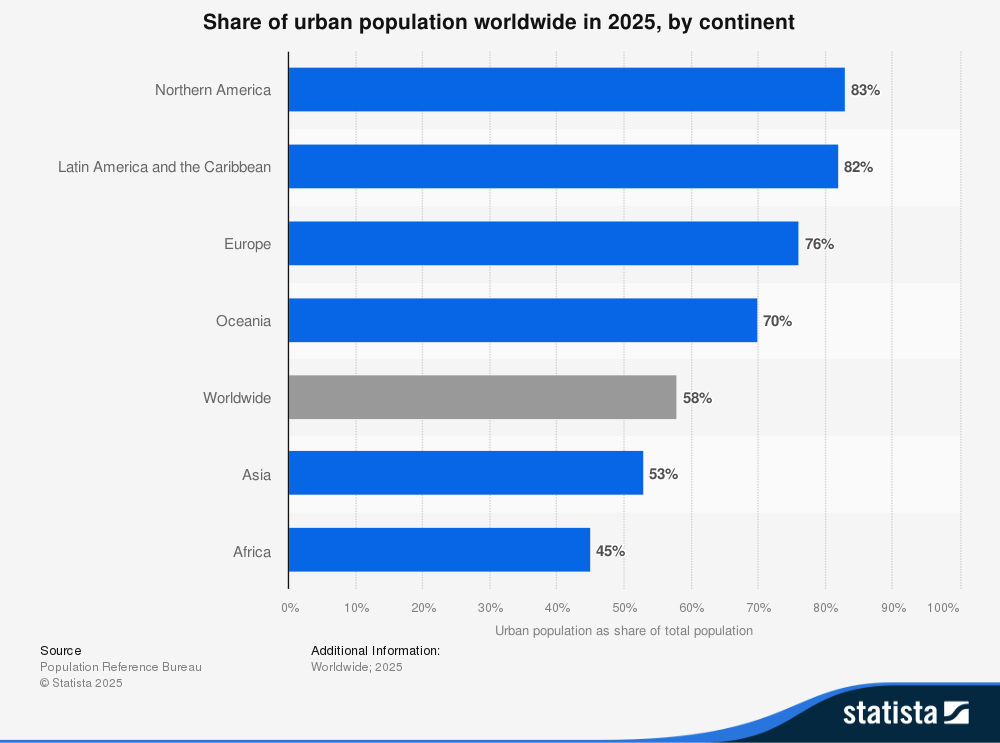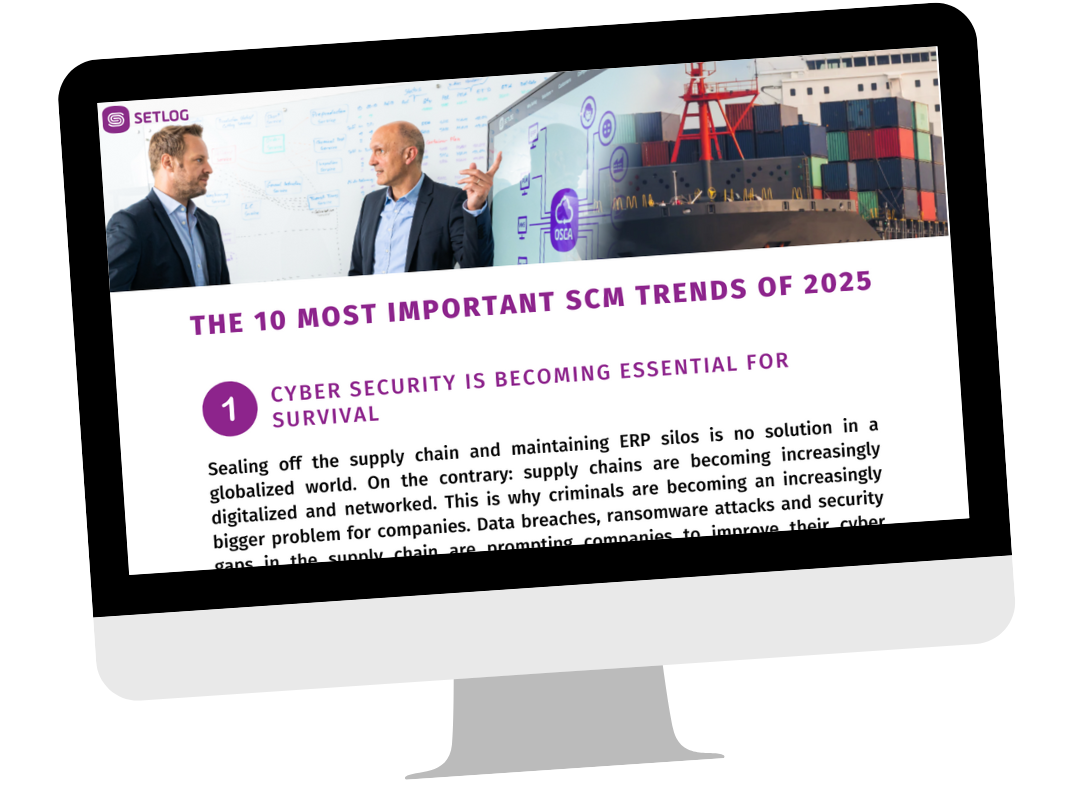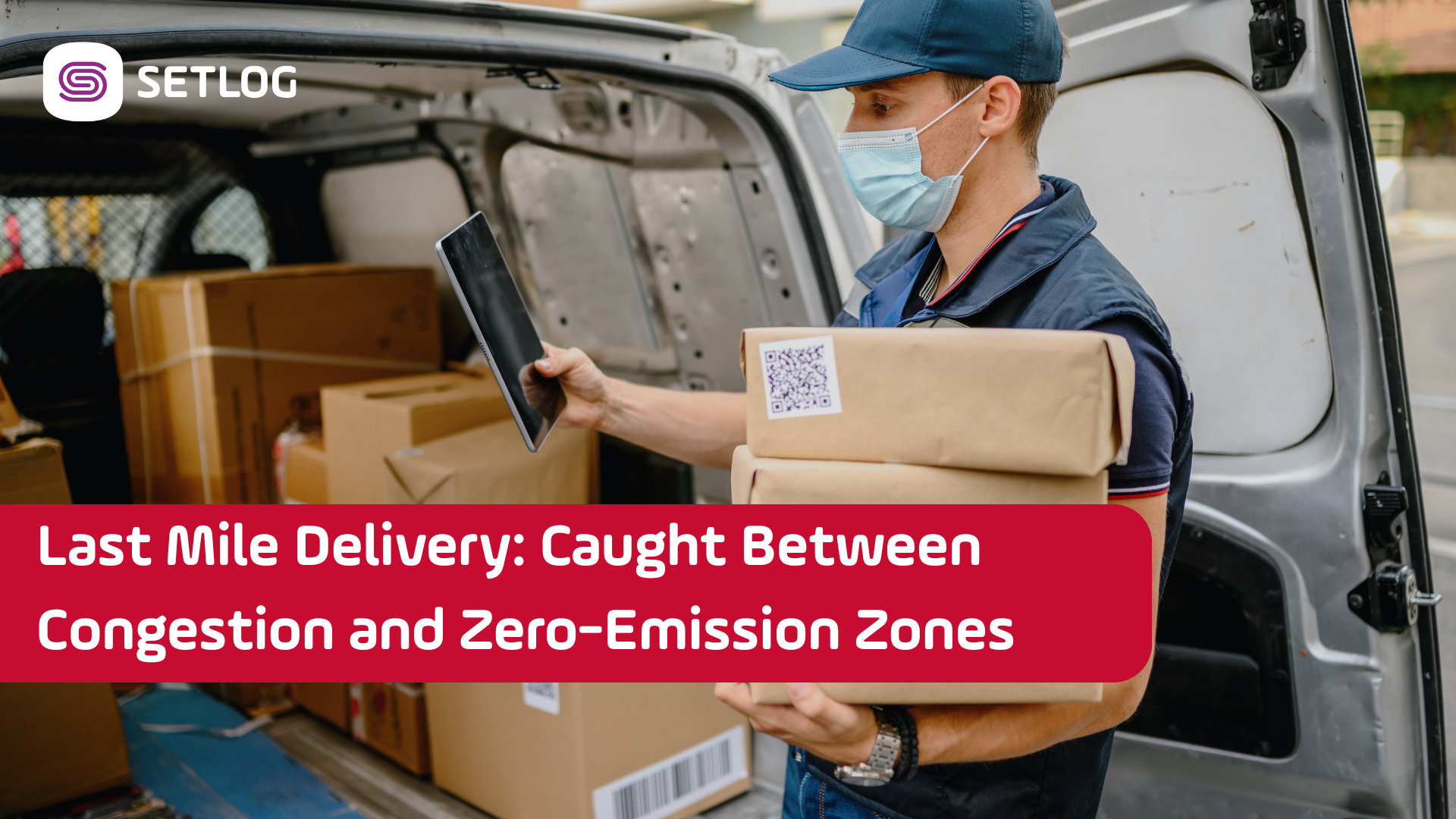The last mile is considered the most expensive, complex, and sensitive stage of modern supply chains. But how can the growing delivery pressure in urban areas be reconciled with sustainability, efficiency, and customer expectations? What challenges truly lie behind this logistical bottleneck—and what strategies can make last-mile delivery future-proof? This article takes a closer look.
Urbanization and Consumer Behavior – The City as a Logistics Playground

Urbanization is accelerating across the globe—and North America is leading the trend. By 2025, an estimated 83.9% of the population will reside in urban areas, according to Statista. At the same time, consumer behavior has fundamentally shifted—driven by e-commerce platforms like TEMU and Shein, online shopping, and the growing expectation that orders will be delivered quickly and flexibly right to the doorstep.
What does this mean for companies aiming to reliably reach customers in cities? Urban environments present fundamental challenges for logistics: dense construction, limited infrastructure, and increasing time pressure demand well-thought-out solutions. It’s no longer just about delivering packages on time—but about rethinking delivery itself: efficient, city-compatible, and future-ready.
The Last Mile = The Most Expensive Mile – A Cost Driver Under Pressure
From the customer’s perspective, few parts of the supply chain are as visible or as costly as the last mile. Estimates suggest it accounts for up to 53% of total logistics costs in the B2C sector. The reasons are clear: fragmented delivery volumes, frequent stops, traffic-related delays, and the growing demand for flexible time windows and return options. Add to that the urban infrastructure constraints and increasing expectations for transparency and sustainability.
Despite the logistical complexity, consumers show little willingness to pay extra for premium services. Their expectations are firm: fast, free, and as eco-friendly as possible. This puts immense pressure not only on parcel and express delivery providers but also on retailers and platforms, who must absorb the costs of a system that’s becoming ever more complex while leaving little room for price adjustments.
Technology Under Real-World Conditions – What’s Actually Working Today
The last mile has become a testing ground for technological innovation. Autonomous delivery vehicles, sidewalk robots, and drones often grab the headlines but their practical use remains limited to a handful of pilot regions. Regulatory hurdles, technical limitations, and questions around public acceptance continue to slow the scaling of these futuristic solutions.
In contrast, technologies that are already economically viable and widely deployable are delivering real-world results: AI-based route optimization, real-time tracking, intelligent delivery planning, as well as the strategic use of micro-hubs and electric vehicles are significantly improving last-mile efficiency. In densely populated cities, decentralized delivery points, cargo bikes, and automated sorting systems enable sustainable and reliable logistics, even when delivery volumes fluctuate sharply. At the same time, emerging technologies like delivery drones are gradually moving closer to everyday operations. Since 2024, Germany has been running its first scheduled drone delivery service—a milestone on the path toward flexible, automated solutions for the last mile.
Sustainability & Regulation – Between Ambition, Reality, and Competitive Edge
Political and societal expectations for an emissions-free last mile are steadily increasing. While concrete measures such as municipal zero-emission zones or driving bans often face delays or setbacks, the pressure remains. It’s precisely within this tension that the importance of early investment in sustainable logistics becomes evident.
The direction is clear: companies that prioritize alternative drive systems, smart route planning, and transparent carbon accounting today gain a structural advantage – regulatory, economic, and reputational. Sustainability is no longer a short-term trend, it is becoming a key requirement for market access and urban delivery privileges. The question is no longer if companies will adapt, but how consistently they implement the transformation of the last mile.
The Human Factor – Between Driver Shortages and Full-Service Expectations
The last mile isn’t driven by technology alone – it relies, above all, on the people who make daily deliveries happen. Drivers are the backbone of urban delivery networks, yet they are becoming increasingly scarce. Rising delivery pressure, high physical demands, and low social recognition make the job unattractive to many. At the same time, customer expectations continue to grow: flexible time slots, same-day delivery, contactless handovers, and seamless return management are expected to be standard, delivered promptly and with a smile.
For companies, this means one thing: to stay competitive in the long run, they must also stand out as employers. Fair working conditions, optimized delivery routes to reduce stress, and realistic service commitments are more than moral imperatives, they are critical to maintaining stability across the entire last mile. After all, no matter how digital a delivery chain becomes, it won’t function without people.
Fazit: Die letzte Meile entscheide
Whether it’s technology, sustainability, or workforce shortages – the key challenges of modern supply chains converge on the last mile. Businesses that design it to be efficient, human-centered, and future-proof today will gain not only delivery advantages tomorrow, but true competitive strength.

Shaping the Supply Chain of Tomorrow
See which trends are redefining the logistics landscape and how you can stay ahead of the curve with our expert checklist.
